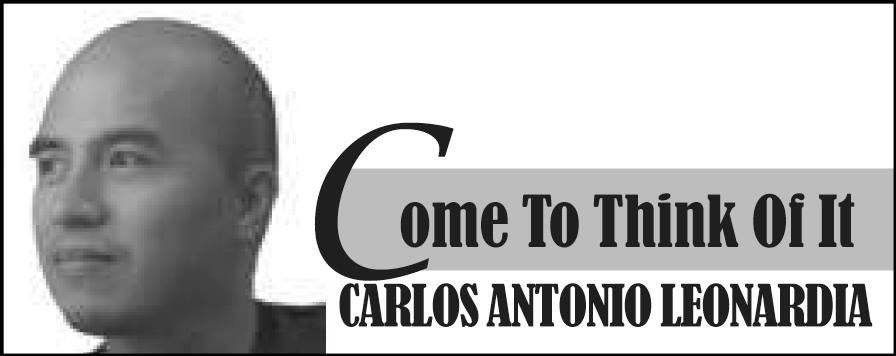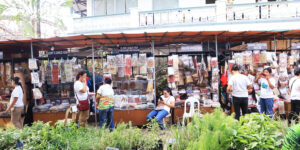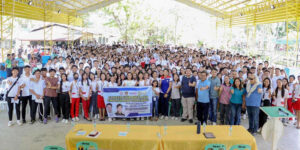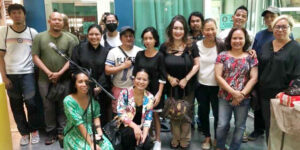
The word “tourist trap” has always had a negative connotation as it sounds like a place where gullible tourists are scammed by locals. In fact, even the Merriam Webster dictionary defines it as “a place that attracts and exploits tourists,” the operative word being exploit.
I was thinking about the word when we were making our way to the picturesque town of Jiufen, during a recent trip with family to Taiwan. We were going there because it was a highly recommended out of town daytrip destination. Aside from its history as a gold mining town and generally being quite pretty, it also gained traction as a popular tourist attraction in the early 2000’s due to its resemblance to the downtown in the Japanese anime movie Spirited Away by Studio Ghibli.
I knew we were heading into a tourist trap, but we were willing taking ourselves there anyway, and that was when I realized that for a tourist attraction to be successful and sustainable, it has to be in one way or another a tourist trap. After all, attracting visitors is not sustainable if not enough of them spend money and are “exploited” during their short visit. The big difference is in making the tourist traps worth the visit and the spending for the victims, so that they don’t feel scammed when they go home.
If you come to think of it, theme parks are the ultimate tourist traps, that millions of people still willingly walk into with eyes wide open. They are not only expensive to get in using a day pass, but once inside the theme park the food and accommodations don’t get any cheaper. You are literally trapped inside their ecosystem, forced to buy their food, drinks, souvenirs and all the other add-ons like fast passes that are necessary to survive your stay. However, because of shrewd marketing and a multimillion dollar system that ensures the guests at the very least think they have a good time, we don’t call it tourist traps. Heck, most of us would even use the hashtag #TheMostMagicalPlaceOnEarth on all social media humblebrag posts if spending the day in a particular one.
Anyway, back to Jiufen, my tourist trap of choice for this discussion.
I knew going there that it was a tourist trap but we chose to go there because it was highly recommended and we probably didn’t have anywhere better to go. If you ask me, the Taipei 101 observation deck (and most paid observation decks in general) fits the definition of a tourist trap, costing 600NTD (approximately PHP 1200) per head just to ride an elevator and look at the skyline and take photos from a high vantage point for a couple of minutes. Anyway, we figured that Jiufen was a better choice because it took us out of the city, and we probably had more things to do and/or eat there.
Jiufen is a small town that used to be a gold mine and based on the number of tourists I saw there, is a gold mine once more because of tourism. We basically went there to stroll into a narrow alley lined with various shops, basically shoulder to shoulder with hundreds of other tourists. Every now and then, there’d be an interesting shop we’d walk into to check out or buy something. The ultimate “goal” of that alley walk was basically its boss-level tourist trap: The Amei Tea House, where one must order a cup of tea or snacks in a pretty tea house that looks like it came from an anime.
As usual with our budget travel ethos, we grazed along the alley, grabbing street food that we had pre-targeted and pre-researched, loitering into interesting shops, and scouted for a place to have a meal. The alley and most stores were packed, and we snacked so much that we ended up not eating properly there. Come to think of it, we couldn’t even take any proper photos due to the sheer number of people.
When we made it to the tea house and saw the queue to get in, we opted not to walk into the trap. Instead of paying for overpriced tea and snacks, we were content with taking photos outside, enjoying the vibe, and then we turned around and joined the long and crowded walk back.
By definition, Jiufen was certainly a tourist trap, but because there was no price of admission and we had plenty of choices, we didn’t feel trapped or scammed. We got to experience Jiufen our way, while those who wanted different things were free to choose their poison. We freely chose the traps we walked into and aside from those who are compelled to keep up with the Joneses in social media, everyone walked away relatively satisfied with their experience.
I realized that the secret of success is how they make tourist attractions into tourist traps that don’t feel like scams. This is something our tourism sector needs to learn, particularly charming small towns like Silay City, if we are to create better experiences for our visitors.*







